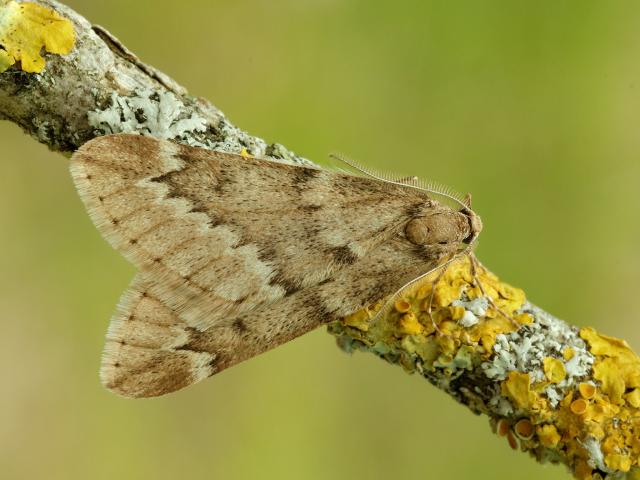
March Moth
The Winter Moth is one of the few moth species that is active in its adult stage over the winter months, and it is able to cope with freezing temperatures. The males and females look very different since the females only have short stubby wings and cannot fly. To attract a mate, the female will crawl up a tree trunk and give off pheromones. Great tits and blue tits feed their young on Winter Moth caterpillars and will time their breeding to coincide with the moth’s lifecycle.
Eggs are laid on twigs or in cracks in the bark, where they spend the rest of the winter. The pale green caterpillars hatch in the spring as the buds are opening and then feed on the foliage. They can also ‘balloon’ from tree to tree by spinning a silk thread and using the breeze to carry them along to the next food source. In early June the caterpillars fall to the ground to pupate.
It flies from October to January and comes to light. It can often be found resting on tree trunks.
Family – Carpets, pugs and allies (Larentiinae)
Medium Sized
UK BAP: Not listed
Common
The larvae will feed on a range of broadleaved trees and shrubs, as well as heather and bog-myrtle.
It is found in all habitats, and can often be seen in car headlamps when driving along country lanes.
Countries – England, Wales, Scotland, Ireland
It is common and resident across the British Isles.
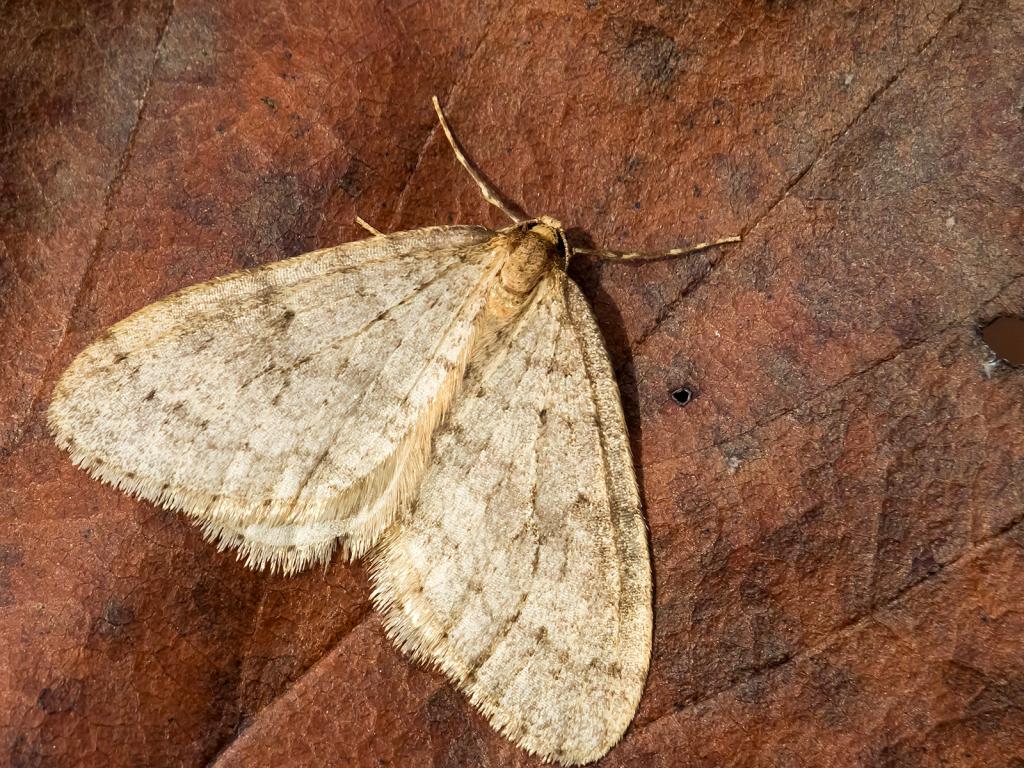
Winter Moth- Tamás Nestor
Winter Moth- Tamás Nestor
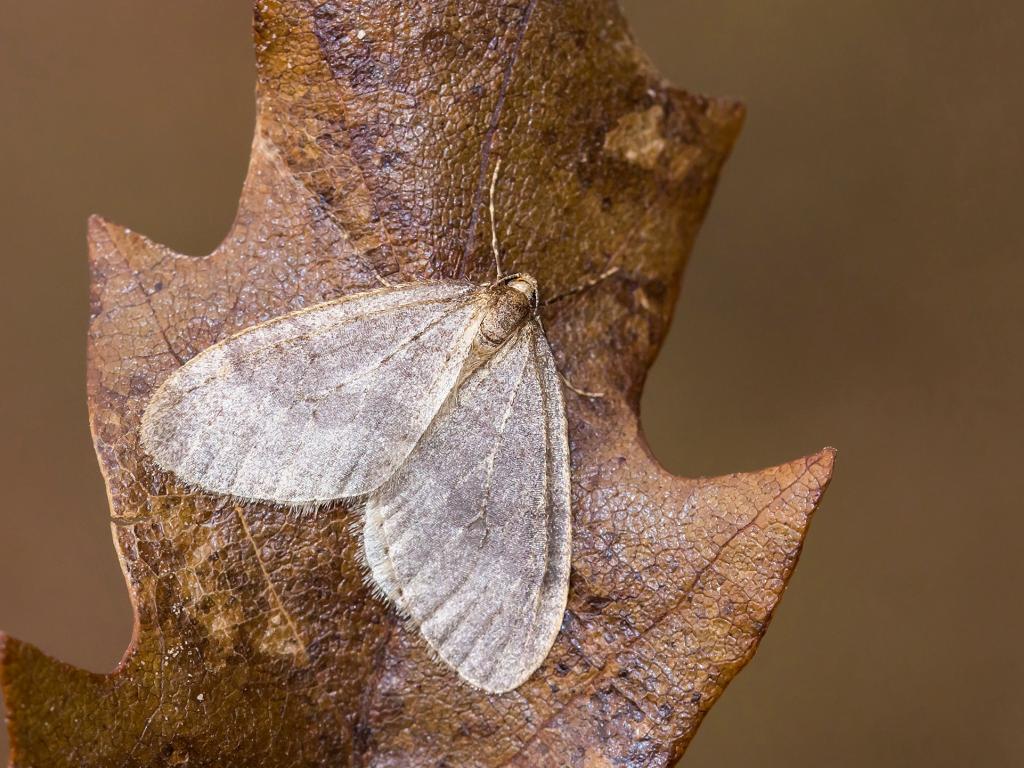
Winter Moth (male) - Tamás Nestor
Tamás Nestor
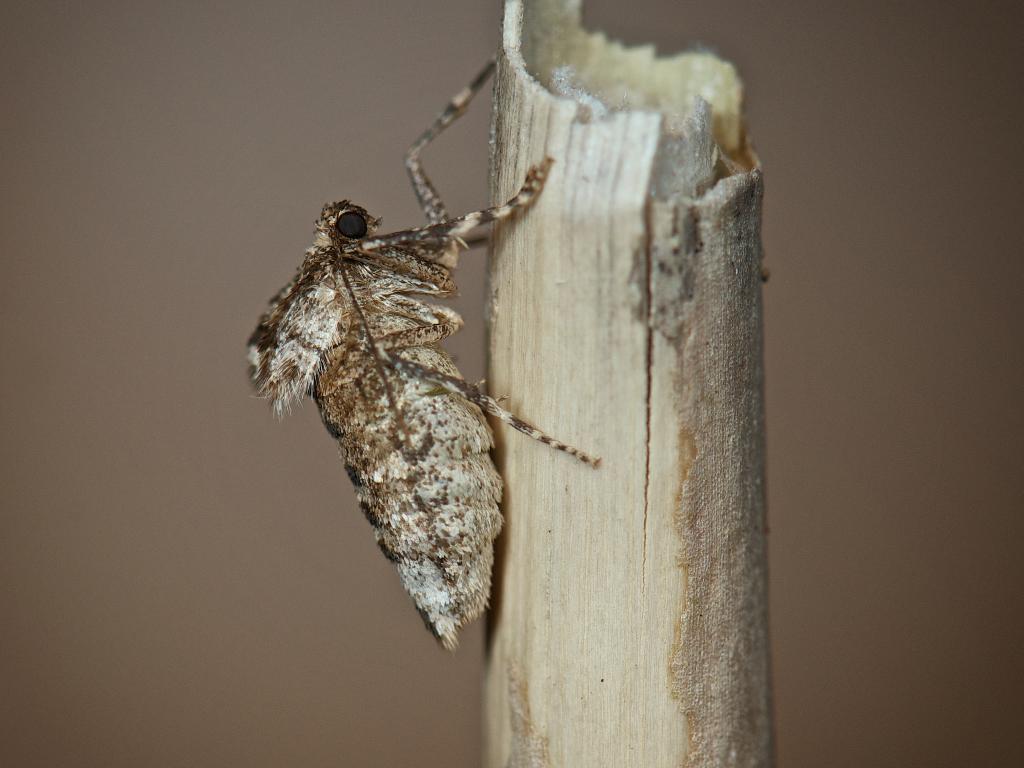
Winter Moth (female) - Rob Blanken
Rob Blanken
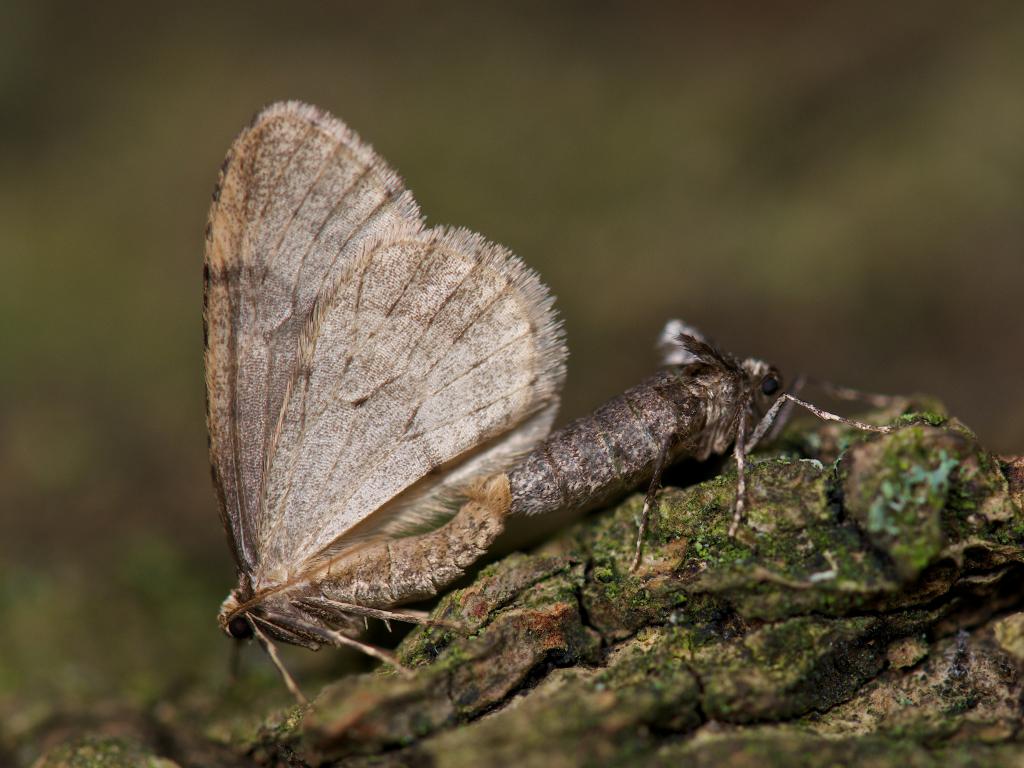
Winter moth (male & female) - Rob Blanken
Winter moth (male & female) - Rob Blanken
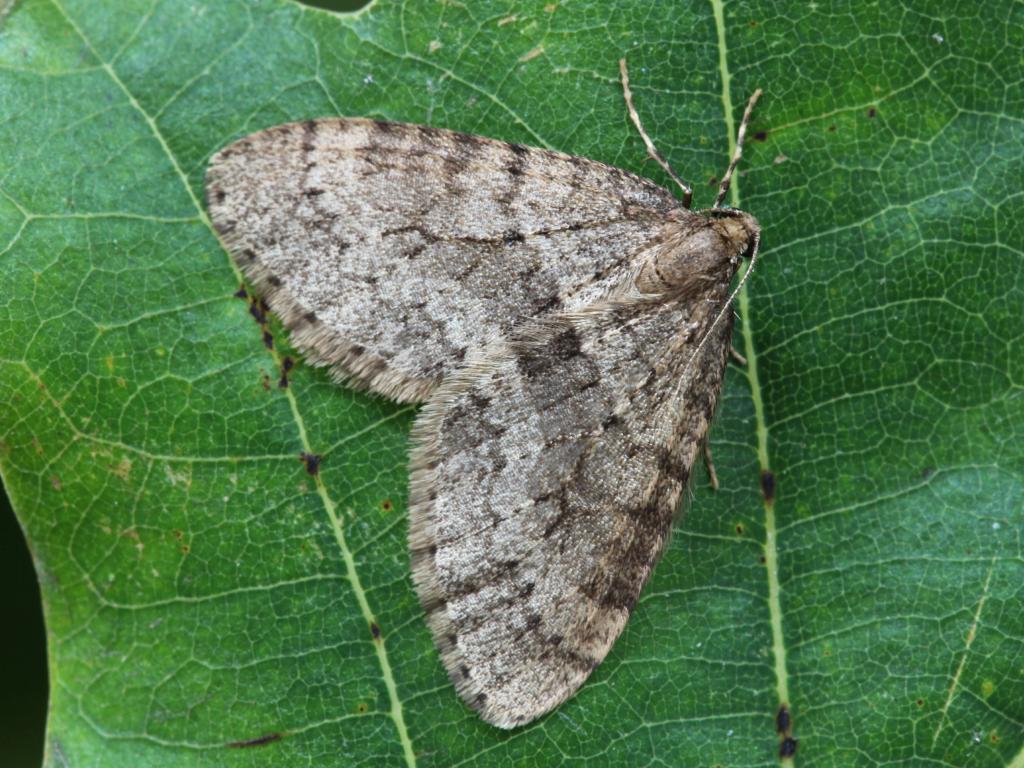
Winter moth (male) - Garry Barlow
Garry Barlow
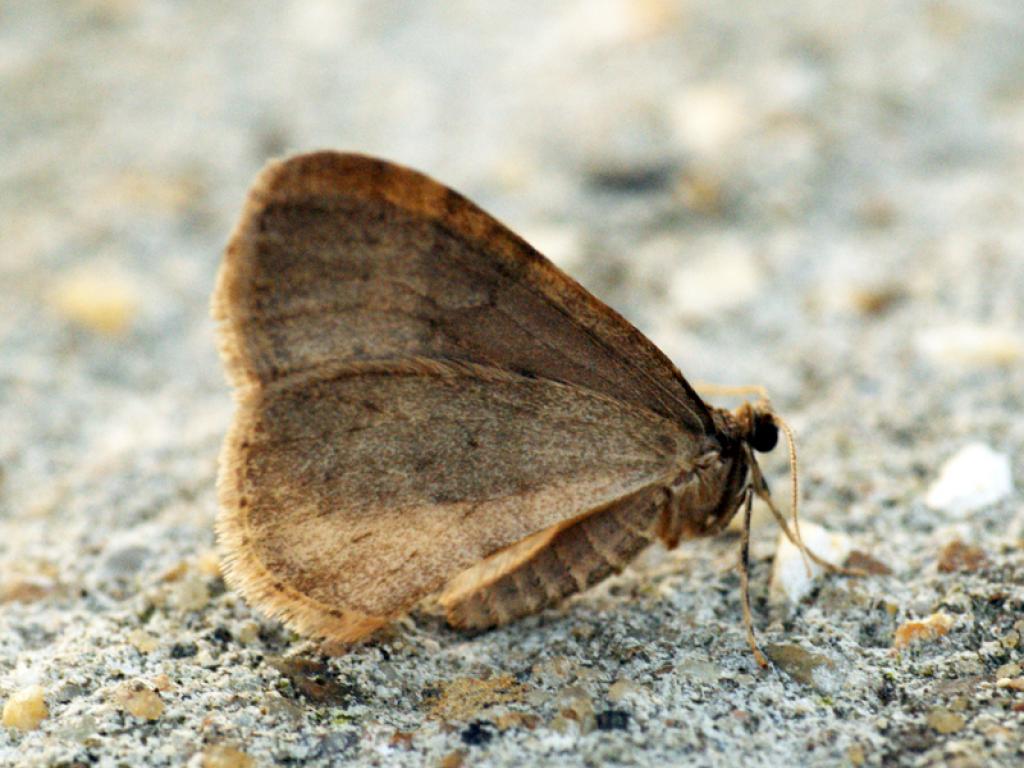
Winter moth (male/underwing) - Ben Sale
Ben Sale
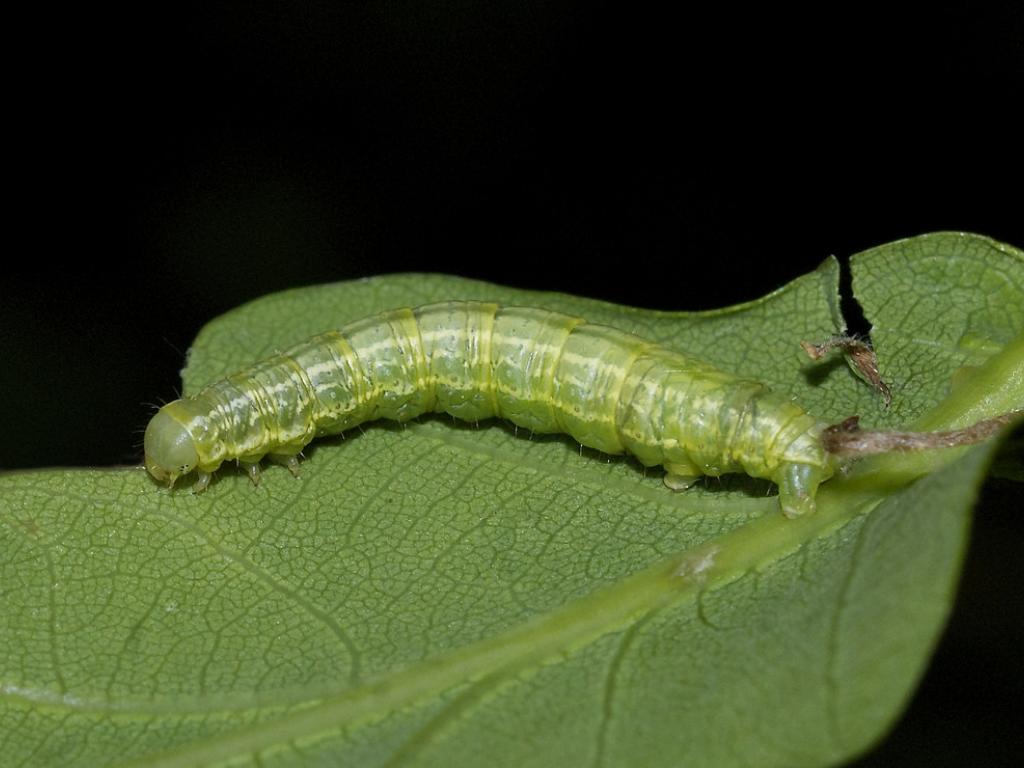
Winter moth (caterpillar) - Paul Davis
Paul Davis
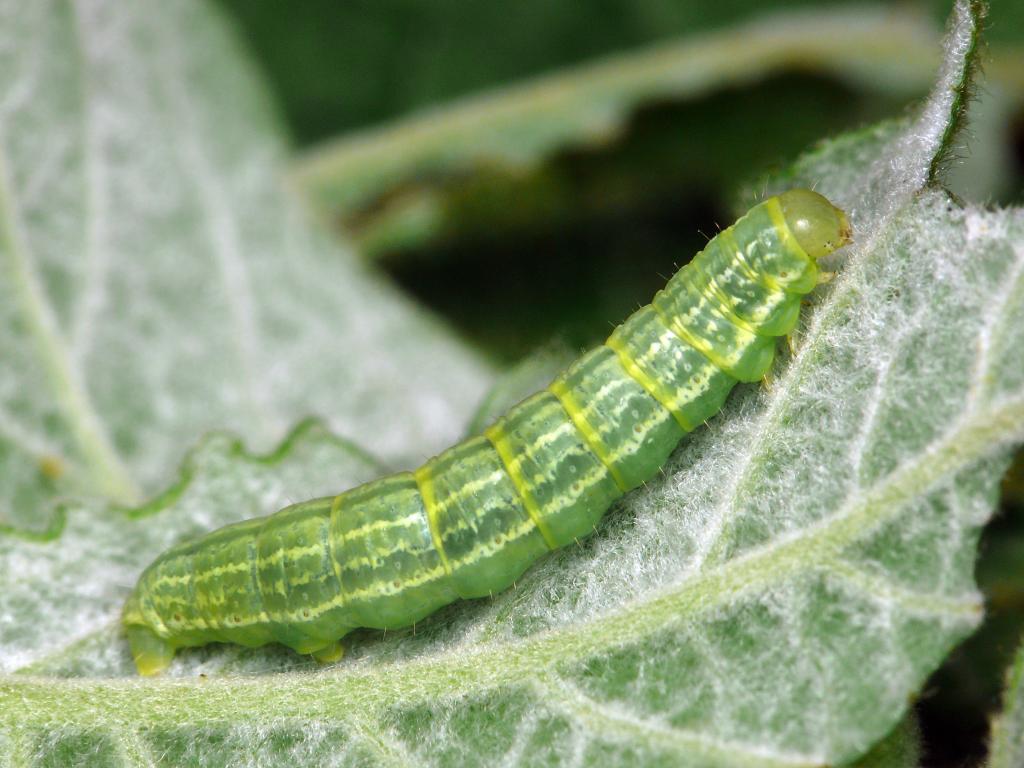
Winter moth (caterpillar) - Patrick Clement
Patrick Clement